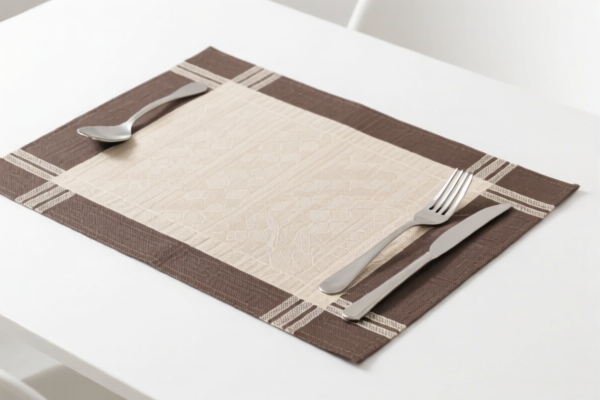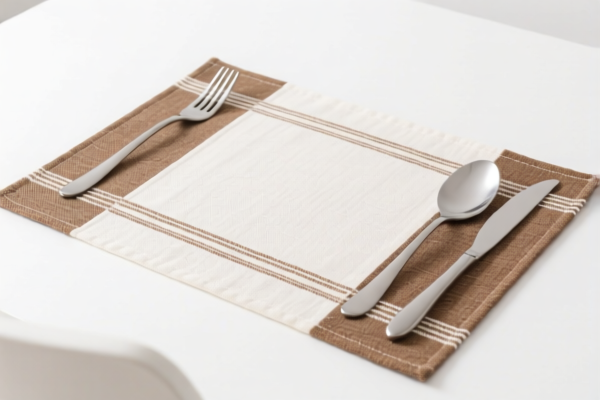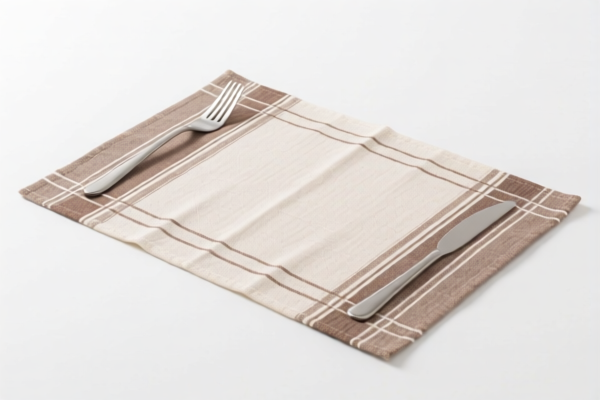| HS Code | Official Doc | Tariff Rate | Origin | Destination | Effective Date |
|---|---|---|---|---|---|
| 6304996040 | Doc | 33.2% | CN | US | 2025-05-12 |
| 6304920000 | Doc | 36.3% | CN | US | 2025-05-12 |
| 6307101020 | Doc | 41.6% | CN | US | 2025-05-12 |
| 3926904800 | Doc | 33.4% | CN | US | 2025-05-12 |
| 3926909910 | Doc | 42.8% | CN | US | 2025-05-12 |
| 3918105000 | Doc | 59.2% | CN | US | 2025-05-12 |
| 3918905000 | Doc | 59.2% | CN | US | 2025-05-12 |




Bar Mat
A bar mat, also known as a bar runner, is a rectangular piece of material placed on a bar counter to protect the surface, absorb spills, and provide a non-slip surface for glassware.
Material
Bar mats are commonly constructed from several materials, each with varying properties:
- Rubber: Offers excellent durability, non-slip qualities, and spill containment. Often used in high-volume bars. Can be natural or synthetic (e.g., neoprene).
- PVC (Polyvinyl Chloride): A cost-effective option, water-resistant and easy to clean. Less absorbent than rubber.
- Microfiber: Highly absorbent, offering quick spill cleanup. Often used as an additional layer on top of rubber mats.
- Cloth (often with a rubber backing): Provides a softer surface and good absorbency, but requires more frequent cleaning and replacement.
- Silicone: Heat resistant, non-slip, and easy to clean, becoming increasingly popular.
Purpose
- Surface Protection: Prevents damage to the bar counter from dropped glasses, spills (alcohol, water, juice, etc.), and general wear and tear.
- Spill Containment: Absorbs and contains spills, preventing them from spreading and creating a hazard.
- Non-Slip Surface: Provides a stable base for glassware, reducing the risk of breakage and accidents.
- Hygiene: Offers a washable surface, improving sanitation and preventing the buildup of bacteria.
- Branding: Customizable with logos and designs for promotional purposes.
Function
Bar mats function by combining absorbent properties with a textured surface. The absorbent material soaks up liquids, while the texture provides friction to prevent glasses from sliding. They are typically placed in areas where drinks are poured and served, and around sinks for drying glassware.
Usage Scenarios
- Commercial Bars: Standard equipment in all types of bars (pubs, nightclubs, cocktail lounges, etc.).
- Home Bars: Used to protect furniture and improve the functionality of a home bar setup.
- Restaurants: Used at bar areas and serving stations.
- Events: Temporary use at parties, festivals, and other events.
Common Types
- Standard Bar Mats: Typically 12" x 24" (30cm x 60cm) in size, made from rubber or PVC.
- Cocktail Mats: Smaller mats (e.g., 6" x 12" / 15cm x 30cm) designed for use during cocktail preparation.
- Drip Mats: Small, individual mats placed under liquor bottles to catch drips.
- Absorbent Bar Runners: Multi-layered mats with a highly absorbent top layer and a rubber backing.
- Custom Printed Bar Mats: Mats with logos, designs, or promotional messages.
- Washable Bar Mats: Designed for repeated washing and sanitizing, often used in high-traffic environments.
Bar mats fall under the category of cleaning cloths, specifically dustcloths, mop cloths and polishing cloths, of cotton.
Here are the relevant HS codes based on the provided reference material:
- 6307101020: Other made up articles, including dress patterns: Floorcloths, dishcloths, dusters and similar cleaning cloths: Dustcloths, mop cloths and polishing cloths, of cotton. Bar mops (measuring 46 to 57 centimeters in length and 38 to43 centimeters in width) of terry fabric. This code specifically includes bar mops within certain dimensions made of terry fabric.
- 63: Textile articles set out in chapter 50 to 62.
- 07: Other made up articles, including dress patterns.
- 10: Floorcloths, dishcloths, dusters and similar cleaning cloths.
- 10: Dustcloths, mop cloths and polishing cloths, of cotton.
- 20: Bar mops (measuring 46 to 57 centimeters in length and 38 to43 centimeters in width) of terry fabric.
Regarding HS code 6307101020, the total tax rate is 41.6%, comprised of a 4.1% basic tariff, a 7.5% additional tariff, and a 30% additional tariff applicable after April 2, 2025.
Customer Reviews
No reviews yet.